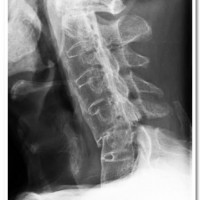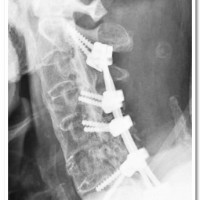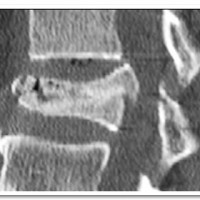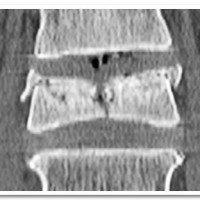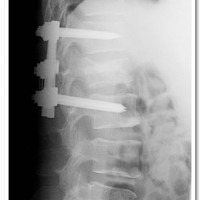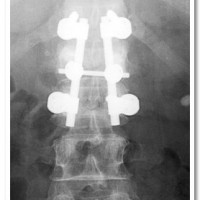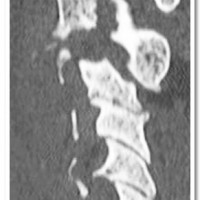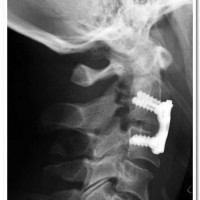Trauma to the spine can cause severe spinal instability, disabling deformity, weakness in the limbs and bladder / bowel incontinence. While a subset of these cases can be managed with bracing and medical management, surgical stabilization plays a role in unstable situations.
Pre-operative CT Scan displaying Lumbar first (L-1) burst fracture
Post-operative X-rays demonstrating stabilization of the fracture with pedicle screw instrumentation and transpedicular bone grafting

